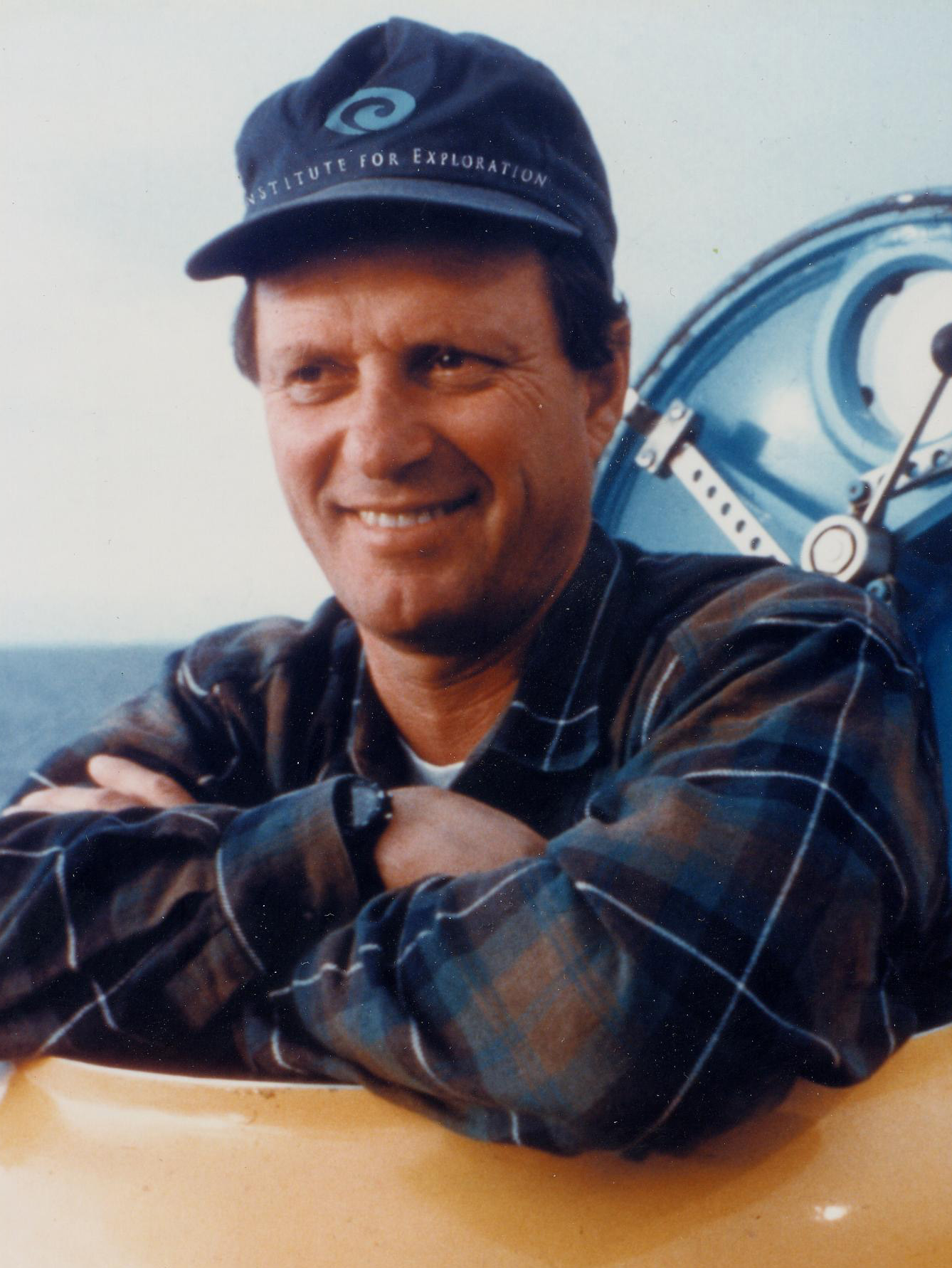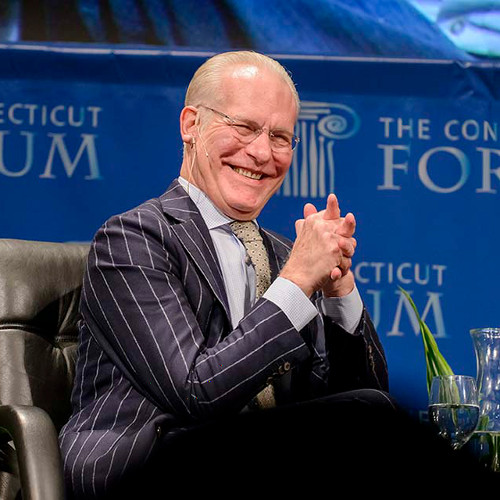
Robert Ballard
Marine scientist, discoverer of the Titanic
For as long as he can remember, Bob Ballard has been fascinated by the sea. When he was a boy in southern California, he collected seashells and driftwood that were washed up on the beaches, and he studied the sea creatures that lived in tidal pools. As a teenager, he took up scuba diving and began to explore the underwater world. His favorite book was Jules Verne's 20,000 Leagues Under the Sea. He received his undergraduate degree in geology and chemistry from the University of California.
While doing postgraduate work in marine geology at the University of Hawaii, he worked as a trainer at a nearby marine park, teaching dolphins to dive through hoops and perform other tricks. In 1967, he entered the U.S. Navy and was assigned to the Deep Submergence Laboratory at Woods Hole, where he remained until 1997.
Robert Ballard has led or participated in over 65 underwater expeditions, some of them involving the use of deep-living submersibles. He made many of his dives in the Alvin, a small, three-person submarine. In 1973 and 1974, he explored the Mid-Atlantic Ridge, a huge underwater mountain range in the middle of the Atlantic Ocean. The ridge is part of a larger undersea range that extends 64,000 kilometers (40,000 miles) around the globe.
In 1977, near the Galapagos Islands off the coast of Ecuador, Dr. Ballard and his crew discovered giant worms, some more than two and a half meters (eight feet) long, living inside white tubes and clustered around underwater hot springs. In 1979, he found black smokers off the coast of Baja California. These underwater volcanoes erupt with hot fluids that shoot up from the sea floor through chimneys formed by mineral deposits.
In 1985, Dr. Ballard and his research team made their most famous discovery-the wreck of the R.M.S.Titanic
He and his colleagues designed a robot, the Jason Jr. to enter the Titanic and photograph its interior. As a result of this successful venture, Dr. Ballard planned the JASON Project so that thousands of students could share the excitement of live exploration.
In 1989, Dr. Ballard took approximately 200,000 students by telepresence to the bottom of the Mediterranean Sea, where they saw underwater volcanoes, artifacts, and the remains of ancient trading vessels. In 1990, year two of the JASON Project, Dr. Ballard, his crew, and JASON explored the wrecks of the Hamilton and Scourge, armed schooners that sank in Lake Ontario during the War of 1812. In 1991, year three of the JASON Project, Dr. Ballard, his crew, two ROVs, and a team of biologists, herpetologists, and geologists explored the Galapagos Islands above and below the water. JASON IV took students to the hydrothermal vents in the Guaymas Basin in the Sea of Cortez, Planet Earth was the focus of JASON V in 1994 when the health of our planet and the effect people have on it were explored in Helize, Central America. JASON VI focused on the Big Island of Hawaii, while JASON VII took students and scientists to the Florida Keys to study coral reefs, sharks, shipwrecks and crocodiles.
Dr. Ballard has written many scientific articles and books about his explorations. He is the author of Exploring Our Living Planet, The Discovery of the Titanic, Discovery of the Bismarck, The Children's Explorer Pop-Up Book, and the science fiction novel Bright Shark. He is the founding chairman of the JASON Foundation for Education and president of the Institute for Exploration. He has received many distinguished awards from universities, museums, scientific societies, and explorers' clubs. He has appeared in numerous television programs, including three National Geographic specials.
Robert Ballard is committed to exploring the least-known portions of our planet—the regions that lie under water. According to Dr. Ballard, we are in the Lewis-and-Clark stage of exploration of these regions. He compares viewing the ocean floor with walking on the moon. In more than 20 years of exploration, Robert Ballard has seen more of the ocean floor than anyone alive. When he's not exploring under water, he enjoys skiing, whitewater rafting, fishing, and spending time with his family
NOTE: This bio appeared in the February 4, 2000 program for our "Explorers and Adventurers" Forum.
Special thanks to our Lifetime Patrons





 View All Sponsors ›
View All Sponsors ›

Sign-up here to receive email updates from The Connecticut Forum!
We will send you exciting updates about our season, panelist announcements, special events, news and information that will keep you "in the know."
Your personal information is safe with us. We will never sell or share your personal information with anyone else.
